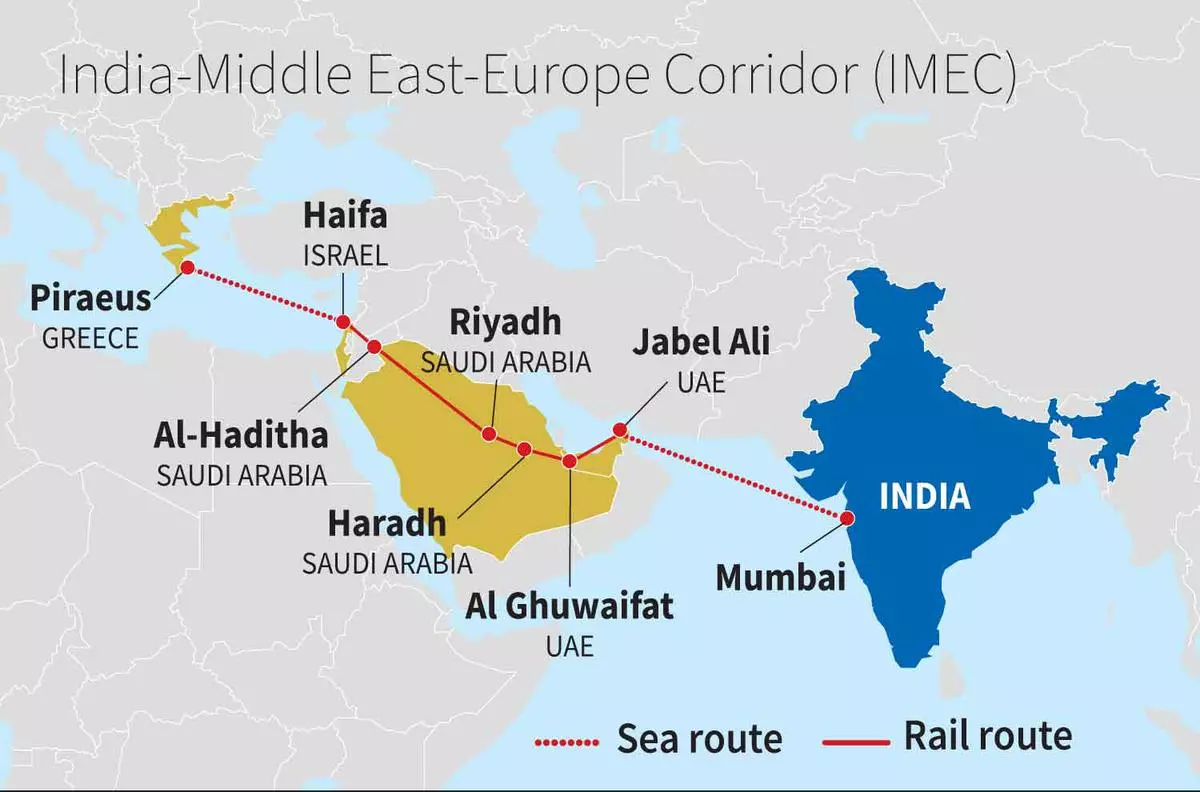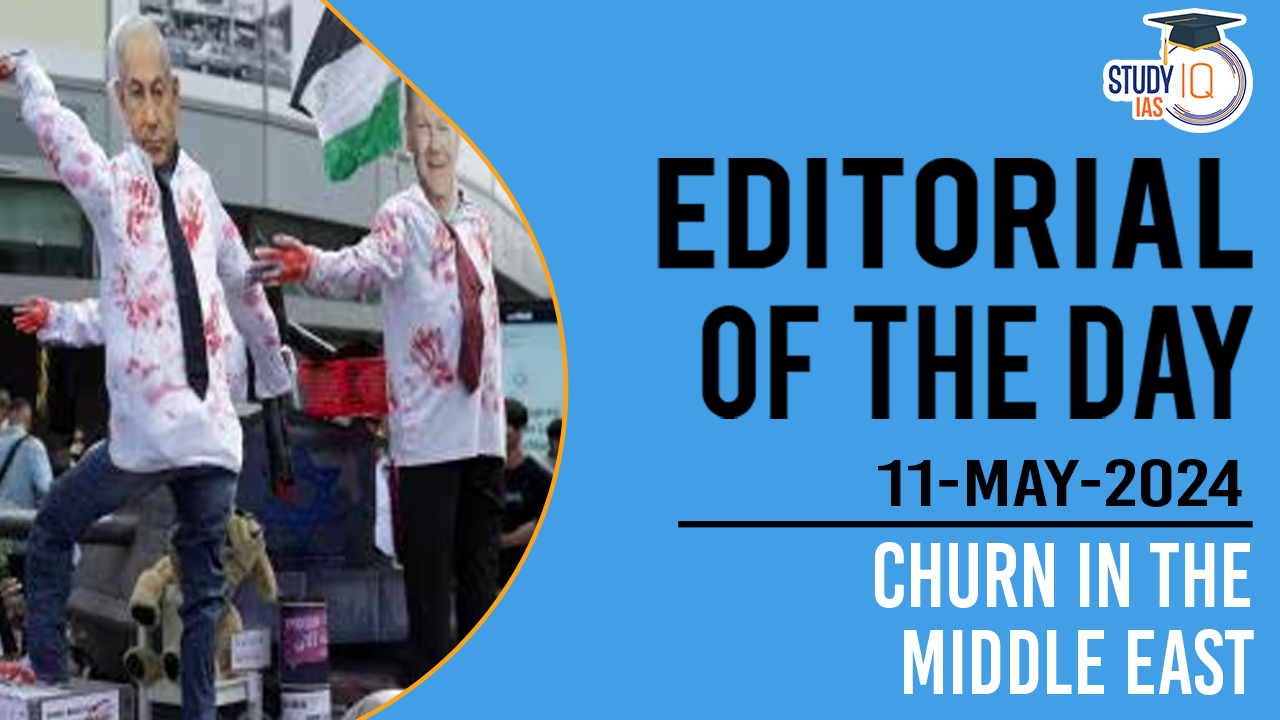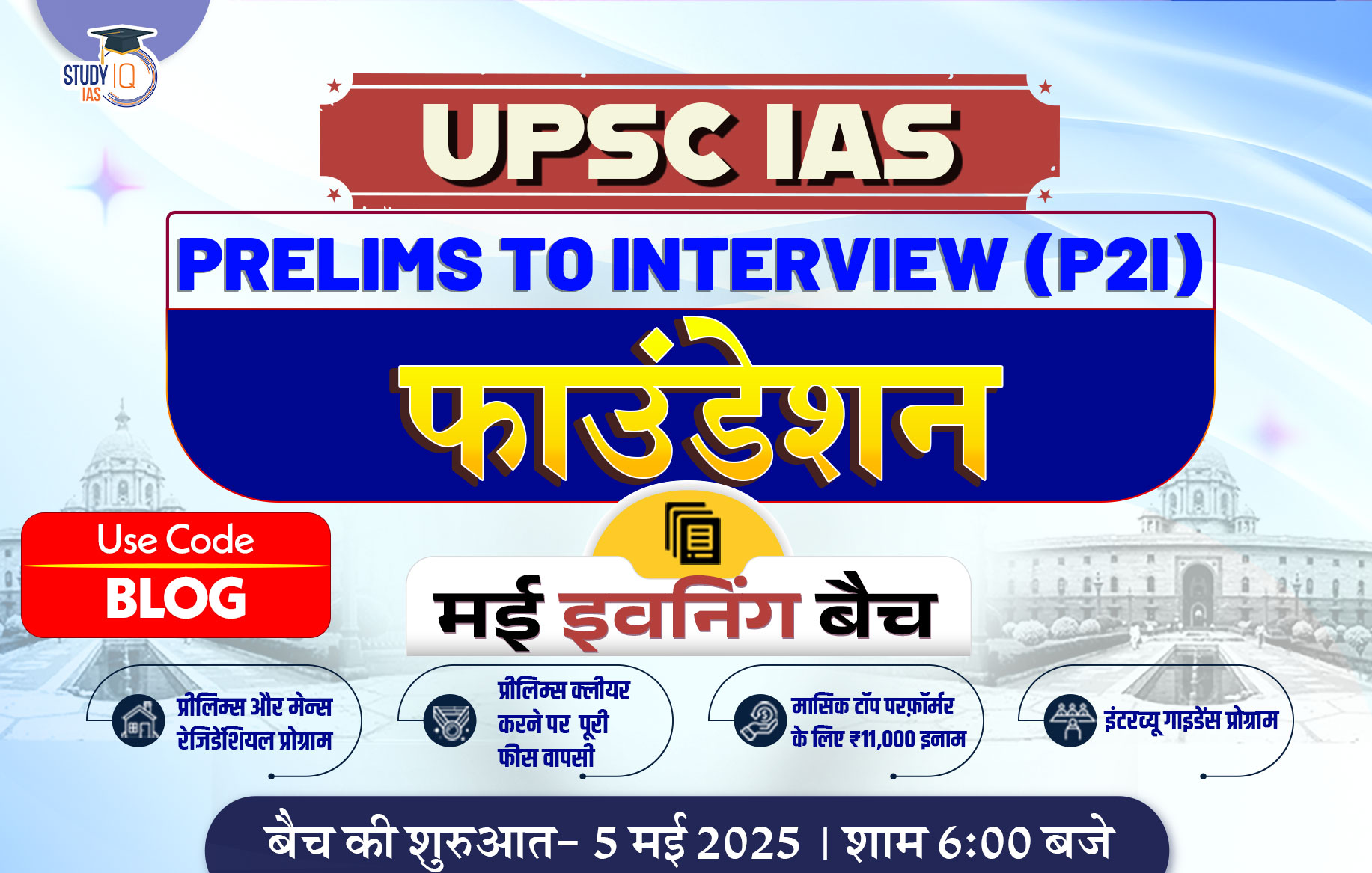Table of Contents
Context: The United States is trying to forge a mutual defence treaty with Saudi Arabia, and help Israel in its conflicts with Hamas and Iran, potentially leading to a strategic shift where Israel and Saudi Arabia align.
The Middle East and USA
- The Saudi-US deal will pivot on the specific ways in which the US will control the civilian nuclear energy programme that the kingdom will get
- Saudi Arabia on the other hand would commit not to move from US dollars to the Chinese yuan in pricing oil.
- The basis of the deal lies on improving relations with Israel.
- Experts suggest that this could potentially happen if Israel embarks on a three- to five-year ‘pathway’ to establish a Palestinian state and freeze building settlements in the West Bank.
- A successful conclusion of the US-Saudi mutual defence treaty would signal that America is back in play in the Middle East, where China announced its increasing strategic clout by brokering a peace deal between Riyadh and Tehran in March 2023.
India in the Middle East
For India, a US-Saudi Arabia pact and peace between Israel and Iran and Israel and Hamas could mean an opportunity to better harness the region’s potential.
India and Saudi Arabia
- Economic Cooperation: India-Saudi trade was valued at $52.76 billion in 2022-23. India is the second largest trade partner for Saudi, while Saudi is India’s fourth largest trade partner.
- Energy Operation: Saudi Arabia was India’s third-largest crude and petroleum products sourcing destination in 2022-23.
- Investment Potential: Saudi Arabia’s Public Investment Fund (PIF) has put in approximately $4.6 billion in Indian startups such as Delhivery, FirstCry, Grofers, Ola, OYO, Paytm, and PolicyBazaar.
- Diaspora: The more than 4 million strong Indian community in Saudi Arabia is seen as a living bridge between the two countries, and the Indian diaspora is widely respected in the kingdom for their contributions.
India and Israel
- India’s ties with Israel have become steadily more visible and significant over the past decade centred mainly on defence and security, innovation, agriculture, and water.
- Economic Cooperation: Trade volumes have risen from around $200 million in 1992 (consisting primarily of diamonds) to $10.7 billion (excluding defence) in 2022-23, of which Indian exports were around $ 8.4 billion.
- India is Israel’s second-largest trading partner in Asia, and the seventh-largest globally.
- Defence and Innovation: Israel has been a major supplier of defence equipment and an important partner to India in the innovation ecosystem — smart irrigation systems being an example of cooperation in this field.

Potential and challenges
- India’s strategic partnerships in the Middle East allow it to pursue foreign policy goals independently of domestic politics.
- India’s aspirations for regional connectivity and economic integration underscore the importance of stability and peace in the region as seen from the launch of the India-Middle East-Europe Economic Corridor connectivity project.
- However recent events, such as terrorist attacks by Hamas and military responses from Israel, pose challenges for India’s diplomatic strategy, highlighting the need for a durable peace in the region.
- The reputational transformations of key regional leaders, including Saudi Crown Prince Mohammed bin Salman and Israeli Prime Minister Benjamin Netanyahu, add complexity to the diplomatic landscape and require careful navigation.
Conclusion
As the Middle East undergoes profound shifts in diplomatic alignments and strategic partnerships, India finds itself at a critical juncture in managing the complexities of regional politics.
Balancing its interests and commitments while leveraging emerging opportunities will be essential for India to uphold its regional influence and contribute to promoting peace and stability in the Middle East.


 Cabinet Committee on Political Affairs (...
Cabinet Committee on Political Affairs (...
 World Press Freedom Day 2025, Theme, His...
World Press Freedom Day 2025, Theme, His...
 WAVES Summit 2025: India’s Biggest Ent...
WAVES Summit 2025: India’s Biggest Ent...





















